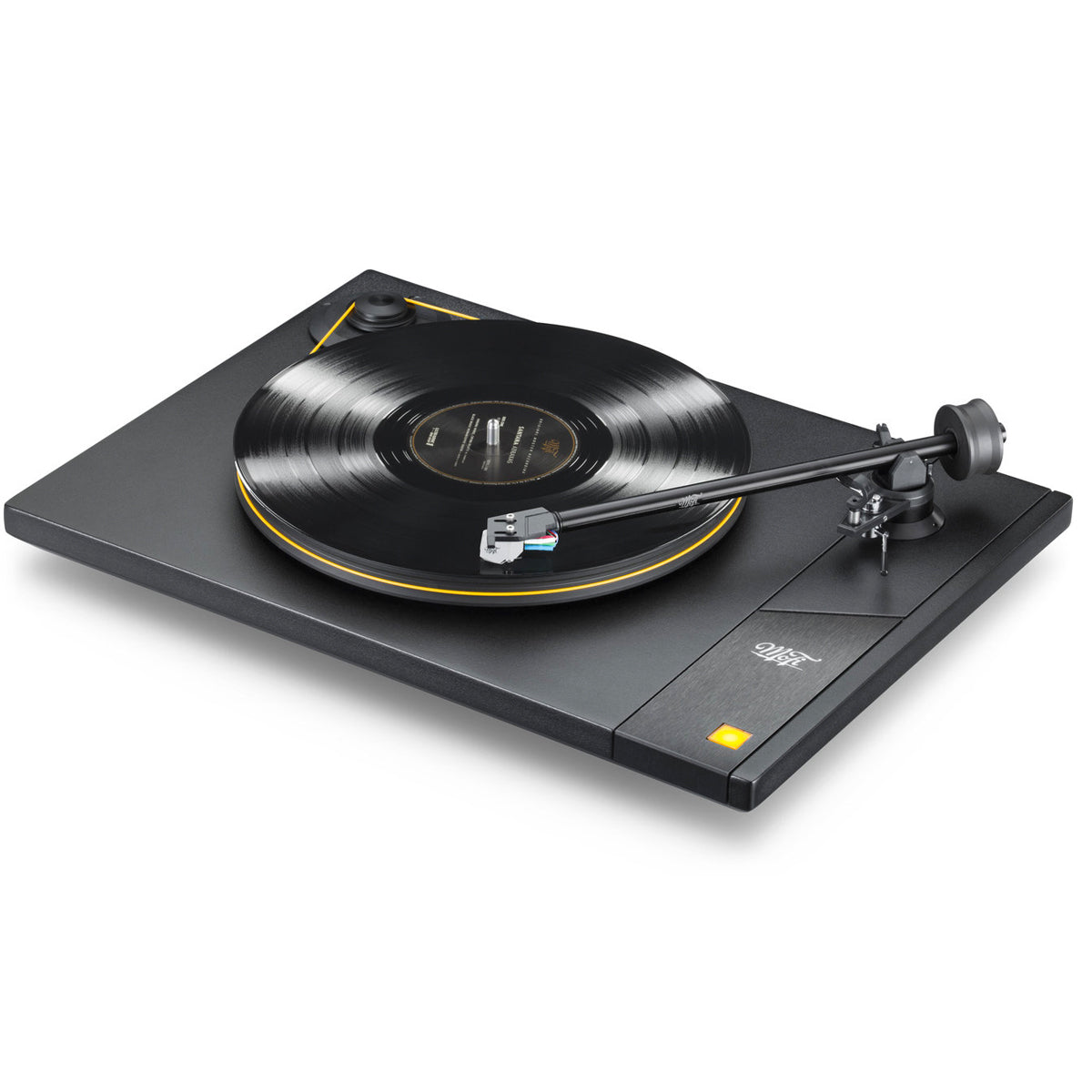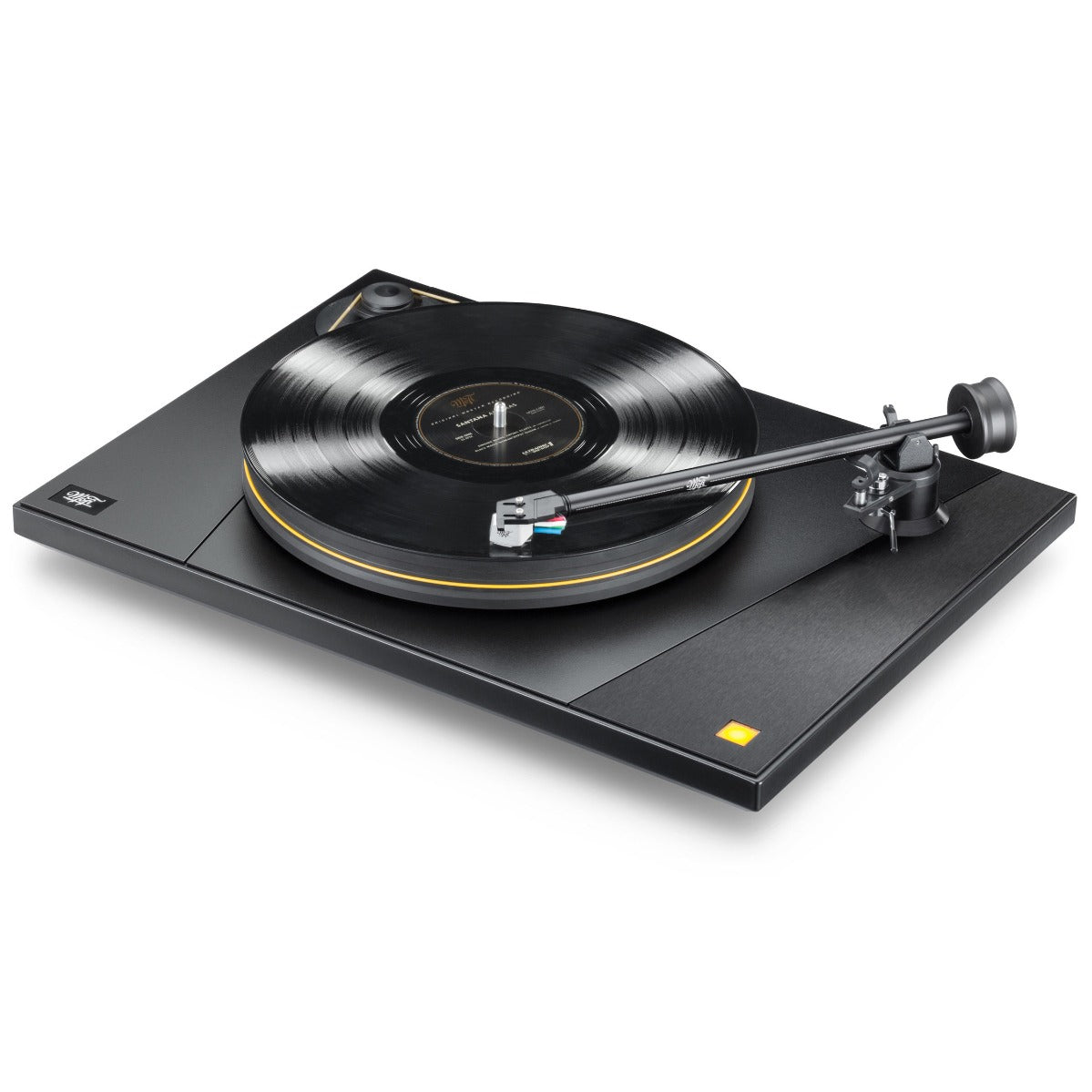 Home Theater
Show links
Home Theater
Show links
 Speakers
Show links
Speakers
Show links
 Components
Show links
Components
Show links
 TVs & Projectors
Show links
TVs & Projectors
Show links
 Seating & Furniture
Show links
Seating & Furniture
Show links
 Acoustic Treatments
Show links
Acoustic Treatments
Show links
 Cables & Accessories
Show links
Cables & Accessories
Show links
 Featured & Deals
Show links
Featured & Deals
Show links
 Home Audio
Show links
Home Audio
Show links
 Speakers
Show links
Speakers
Show links
 Components
Show links
Components
Show links
 Cables & Accessories
Show links
Cables & Accessories
Show links
 Outdoor Entertainment
Show links
Outdoor Entertainment
Show links
 Acoustic Treatments
Show links
Acoustic Treatments
Show links
 Featured & Deals
Show links
Featured & Deals
Show links
 Turntables
Show links
Turntables
Show links
 Turntables
Show links
Turntables
Show links
 Phono Cartridges
Show links
Phono Cartridges
Show links
 Phono Preamps
Show links
Phono Preamps
Show links
 Record Cleaning & Care
Show links
Record Cleaning & Care
Show links
 Isolation Systems
Isolation Systems
 Cables & Accessories
Show links
Cables & Accessories
Show links
 Featured & Deals
Show links
Featured & Deals
Show links
 Headphones
Show links
Headphones
Show links
 Headphones
Show links
Headphones
Show links
 Headphone Amps & DACs
Show links
Headphone Amps & DACs
Show links
 Featured & Deals
Show links
Featured & Deals
Show links
 Smart Home
Show links
Smart Home
Show links
 Deals
Show links
Deals
Show links

If you are a collector of vinyl, you have probably come across the name, Mobile Fidelity Sound Lab. They were founded in 1977 with the goal of taking master tapes from classic albums, cleaning them up, then repressing them on premium quality vinyl. Some of those original pressings are sold for over $1000 on the used market today. Mobile Fidelity Sound Lab still makes these Original Masters today.
A couple of years ago, the team at Mobile Fidelity Sound Lab decided it was time to come out with a line of turntables to compliment their great records. The brand MoFi was launched at CES 2016 (Consumer Electronics Show) with two MoFi turntables, two phono preamps, and 3 new phono cartridges.
Today’s comparison will focus on the two turntables, the StudioDeck and UltraDeck. The UltraDeck has gotten most of the attention from the review side, even winning Stereophile’s Analog Component of the Year for 2018. The StudioDeck hasn’t received similar attention however, it still provides great value. We’ve tested both models at Audio Advice and thought it would be fun to help you understand the differences between the two models.
When MoFi set out to create a new line of turntables, they were entering a very crowded market. Their team knew they would have to come up with some pretty unique features to set themselves apart. Rather than having some expert engineers pressing start from scratch on a turntable design, they decided to hire experts in the field to consult with them to speed up the process while creating something unique.
Audio Advice has a close connection to both of the designers they used to create the MoFi tables. In the late 1970s and mid-1980s when vinyl was the main playback choice, SOTA turntables were a very prominent brand. Designed by Allen Perkins, their massive tables were beautiful and sounded great. Audio Advice sold hundreds of SOTA turntables back in that time period. Allen later founded Spiral Groove tables, which had a starting price of $18,000.
Michael Latvis is another name you’ll find at Audio Advice. He is the Chief Engineer of Harmonic Resolution Systems (HRS for short) who builds state of the art equipment racks and isolation accessories. Mike started out designing isolation systems for military aircraft and missile defense systems. He holds several patents related to isolation systems. HRS equipment racks are our favorite at Audio Advice.
MoFi combined the expertise of these two great audio engineers to come up with what outwardly appears to be a simple turntable, but it has a lot of great technology hidden under the hood.
Allen Perkins developed the MoFi tonearm, turntable bearing, and all three of the new MoFi phono cartridges. Mike Latvis designed the isolation feet, the turntable motor isolation system, and an optional record weight you can use on either table.
Both turntables are manual with the motor sitting outside the platter. The belt runs along the perimeter of the outer platter, allowing easy access to the motor for changing speeds between 33 and 45. Both tables use an inverted bearing, similar to the design we see on the EAT C-Sharp and VPI Prime, two tables that cost much more than the MoFi Models. An inverted bearing gives you a lower center of gravity which will result in a more stable turntable platter. The motor and motor isolation are identical on the two models. MoFi chose Delrin for the platter and motor pulley on each model. Delrin is an engineered thermoplastic that can be machined to the utmost precision and is virtually immune from wear.

One of the great features shared by both models is the Mike Latvis designed isolation feet. These are also adjustable which lets you get your table perfectly leveled.
The tonearm design is also similar to both the UltraDeck and StudioDeck. The ultimate tonearms are 12” long, which minimizes tracking error but in this price range, you normally get a 9” tonearm. The MoFi models upgrade you to a 10” arm, which is pretty cool. The longer the arm is, the more gentle of an arc it passes while playing a record, which results in less tracking error. Both tables use a gravity-based anti-skating system. The rear counterweight is not just a metal weight like a lot you see but is internally damped. To set the tracking force, you’ll need a stylus pressure gauge if you get the table without a cartridge. If you get the table with a cartridge, the tonearm comes with a piece of tape to show you where the weight should be positioned for the correct tracking force. We also like the fact that the tonearm has an adjustable vertical tracking angle (VTA) should you decide to later change to a different cartridge brand.
We appreciate that both models have detachable tonearm cables and include very heavy duty gold plated RCA connectors with a nice, solid grounding post. You will probably want to upgrade the cables that are included as this is the one area they cut costs on. Everyone has their own opinion on where to go on phono cables. Another nice touch is the power cord. It uses a standard IEC detachable connection which means you can easily upgrade it and no more searching for that lost wall wart! The dust cover is included as well on both models.
Another interesting fact is both the StudioDeck and UltraDeck are designed and manufactured in the United States. MoFi makes these in very small batches and is meticulous about making sure everything adheres to their very tight tolerances. They also paid homage to their mastering tapes with the power switch. Google Studer 24 track reel to reel and you’ll see the power switch looks a lot like the buttons on that classic Studer reel to reel. It’s also fascinating they dyed the belt to match the yellow color of the power button.
The new moving magnet phono cartridges from MoFi have proven to be great performers. We have found them to track really well, giving you a very silent background. As you move up from model to model, you’ll get more details: deeper and more articulate bass, and more accurate tracking. MoFi has put together package savings with their tables and we highly recommend you go this way unless you already have a phono cartridge you really like. The savings are significant and their new cartridges designed by Allen Perkins sound fantastic.
The UltraDeck will cost you about $800 more than the StudioDeck. Is the $800 worth the difference? We think it comes down to the resolving power of your system. The StudioDeck, when paired with the UltraTracker cartridge at $1499, is a great sounding turntable. We spent a lot of time listening to it and found ourselves amazed at how well it tracked every record we tested. Surface noise was also extremely low and we definitely found ourselves tapping our toes to the music. But then we tried the UltraDeck, everything we liked about the StudioDeck just got a lot better. Our testing was done on a pair of Revel F208’s running through a Cambridge Audio Edge A, which is their new integrated amp. We used the new MoFi StudioPhono phono stage. If you have a system like this or better, you will definitely appreciate the benefits of the UltraDeck. We think you would even hear the improvement on something about half this price range actually or any great headphone rig.
Several improvements contribute to the UltraDecks better performance. For starters, the platter is much more massive. It weighs in at over 6 pounds and is 1.3” thick! You’ll get better speed stability with the heavier platter. The platter bearing gets a big upgrade too. In the StudioDeck you have a pretty standard brass thrust pad. The UltraDeck upgrades you to a Sapphire thrust pad. This is actually something SOTA tables used to offer on their better models, the SOTA Sapphire used a sapphire thrust pad. This upgraded bearing translates into less background noise.

The plinth uses a combination of MDF and aluminum in a constrained layer damping design. Three pieces of aluminum are on top of the MDF. The motor, tonearm, and bearing assembly are each coupled to a different one. This helps isolate the parts from each other and keeps external vibrations from getting into them. A great design!
While the two tonearms may look the same externally, internally, they are quite different. The internal wiring is upgraded to Cardas wire on the UltraDeck. The arm is also internally damped. The big difference we noticed is on the tonearm bearings supplied with the UltraDeck. When we played around with both arms we noticed absolutely zero play in the bearings on the UltraDeck. This gives the arm the ability to pull out those subtle nuances from the record grooves.
When you consider these tables are designed and made in the United States in small, hand-crafted batches, it is pretty amazing they are priced under $3000. The fact you can get a StudioDeck with a pre-mounted StudioTracker cartridge for only $1349 is astounding. We do think the extra $150 for the UltraTracker is worth the cost, and if you can swing it and have a pretty decent audio system, the UltraDeck with MasterTracker for $2499 will be worth the cost.
You'll be among the first to know about product launches, exclusive online deals, and the hottest audio trends.
8621 Glenwood Ave
Raleigh, NC 27617
919.881.2005
11409 Carolina Place Pkwy
Pineville, NC 28134
704.821.4510
5732 Oleander Drive
Wilmington, NC 28403
910.392.1200
support@audioadvice.com
888.899.8776


